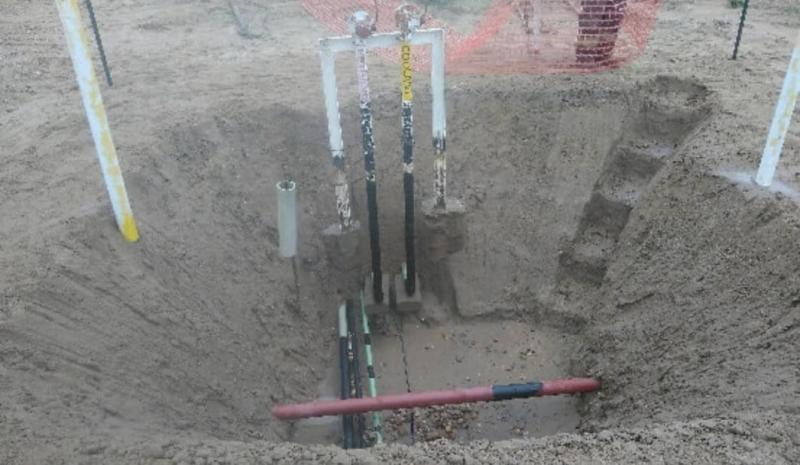Hydro Excavation Soft Digging
Locate utilities safely.
Posted 00:23 April 13, 2023
Last Updated 00:23 April 13, 2023

Hydroexcavation, also known as hydro digging or soft digging, is a non-destructive excavation method that uses high-pressure water and a vacuum system to remove soil and debris. It is commonly used for locating and exposing utilities, such as gas lines, water lines, and electrical cables, without causing damage to them. The process of softly digging for utilities during hydroexcavation typically involves the following steps:
Site preparation
Before starting the hydroexcavation process, the work site needs to be prepared. This may involve marking the area where utilities are suspected to be located, setting up appropriate safety measures, and ensuring that the hydroexcavation equipment is properly positioned for efficient operation.
High-pressure water jetting
The hydroexcavation process begins with the use of a high-pressure water jetting system. A water hose with a specialized nozzle is used to spray water at high pressure into the soil, effectively breaking it up and creating a slurry. The water pressure is carefully controlled to avoid damaging the utilities while still being powerful enough to loosen the soil around them.
Vacuum excavation
Once the soil has been loosened by the high-pressure water, a vacuum system is used to remove the soil and debris from the excavation site. The vacuum system typically consists of a large tank or debris collector, hoses, and a powerful suction system that draws the slurry into the tank.
Separation of soil and water
The soil and water collected by the vacuum system are typically separated to allow for proper disposal or reuse. This may involve using a centrifuge or other separation techniques to separate the solid soil from the water, which can then be either discharged or recycled.
Visual inspection
As the soil is removed, the utilities that are exposed during the process are visually inspected to determine their location, condition, and depth. This allows for accurate mapping and documentation of the utilities for future reference.
Backfilling and site restoration
Once the utilities have been located and exposed, the hydroexcavation site is typically backfilled with clean fill material. The backfilling process ensures that the site is restored to its original condition, and any disruptions caused during the excavation process are repaired. This may involve compacting the backfill material to ensure stability and proper compaction.
Reporting and documentation
Finally, a comprehensive report is usually generated that includes details of the hydroexcavation process, including the location, depth, and condition of the utilities, as well as any other relevant information. This report serves as a record of the hydroexcavation process and can be used for future reference or to comply with regulatory requirements.
Conclusion
It's important to note that hydroexcavation should only be performed by trained and experienced professionals who are familiar with the proper techniques and safety precautions. This includes using equipment that is designed for hydroexcavation, following best practices for avoiding damage to utilities, and complying with applicable regulations and guidelines. Proper training, equipment, and techniques are crucial to ensure the safety of workers, protect the integrity of utilities, and avoid damage to the surrounding environment.
If you have an upcoming project and think hydroexcavation may be right for you, contact the digging professionals here at Hole Hogz. We service Las Vegas, Henderson, Boulder City, and most parts of Clark County Nevada.
